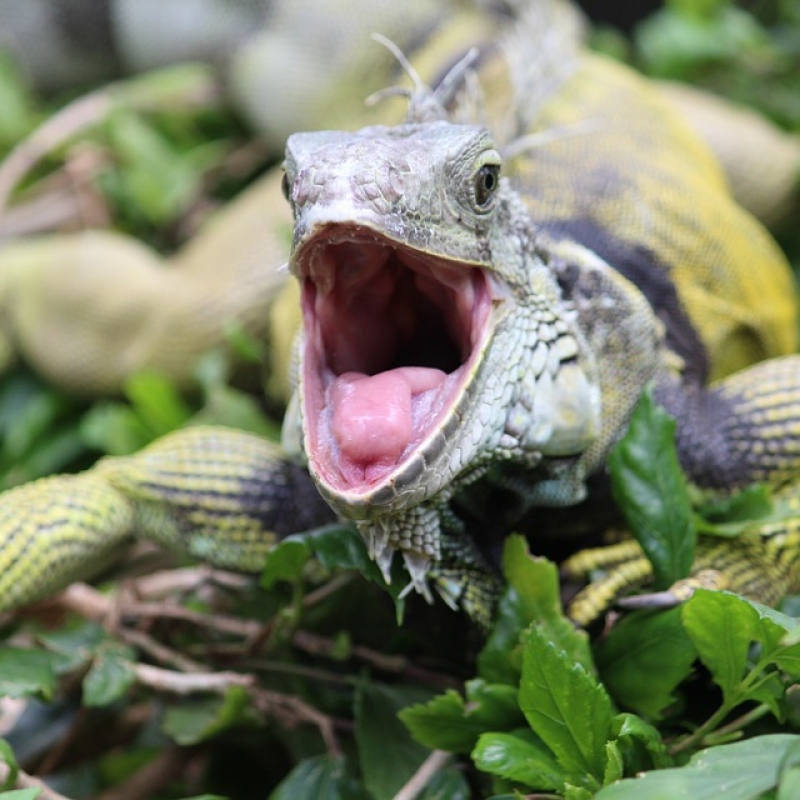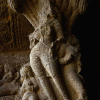Natural history collections, housed in museums dotted across India are like mines of data. We look at five natural history museums that aim to educate mother earth’s future caretakers. (Photo courtesy: Pixabay)
At a time when climate change is an ever-existing concern and an increasing number of species is disappearing almost daily, there is so much left undiscovered in our oceans and tropical forests. The relevance of natural history is ever-expanding. The histories of both natural science and ecology make it clear that no theoretical breakthrough can be reached without deep observational work. Natural history collections, housed in museums dotted across India are, therefore, like mines of data—instrumental in producing predictive models when measured against modern observations and educating the future caretakers of mother earth.
Such institutions take on the challenging task to lead by example and foster among people, especially children, sustainable habits and a concern for the world around them. Sahapedia looks at several museums across the country working towards the preservation of type specimens that embody the natural history of the subcontinent.
Regional Museum of Natural History, Mysore, Karnataka
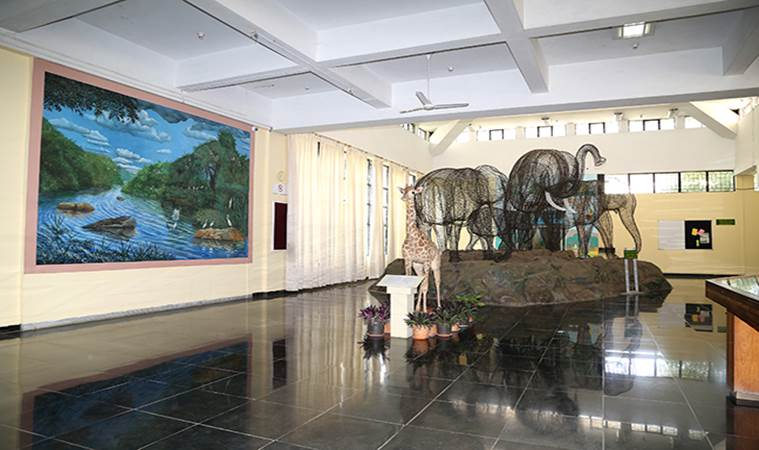
The Regional Museum of Natural History, Mysore, is situated on the banks of the Karanji Lake, against a backdrop of the Chamundi Hills. The plants, animals and geology exhibited in the museum are from the southern region of India. One of its galleries, ‘Life through the Ages’, is fashioned as a walk-through tunnel depicting evolution. Aside from this, there is also a ‘Discovery Center’ that consists of a discovery room, a computer room, a vivarium and a mini weather station. Children are allowed to handle, examine and study specimens here.
Also read | Rethinking Heritage, Reinventing Museums
There is also a mini theatre, a sound booth, and the bioscience computer room that facilitates studying biology through interactive and multimedia techniques. If these aren’t enough to keep your children occupied, the museum has on its grounds a small botanical garden which includes an interpretative trail section, designed for the visually impaired, and a footbridge that allows a ‘walk in water’ experience of aquatic plants and fishes.
Address: T.N. Pura Road, Siddhartha Nagar, opposite Nandini Milk Dairy, Mysuru, Karnataka
Hours: 10 am – 6 pm (Mondays closed)
Rajiv Gandhi Regional Museum of Natural History, Sawai Madhopur, Rajasthan
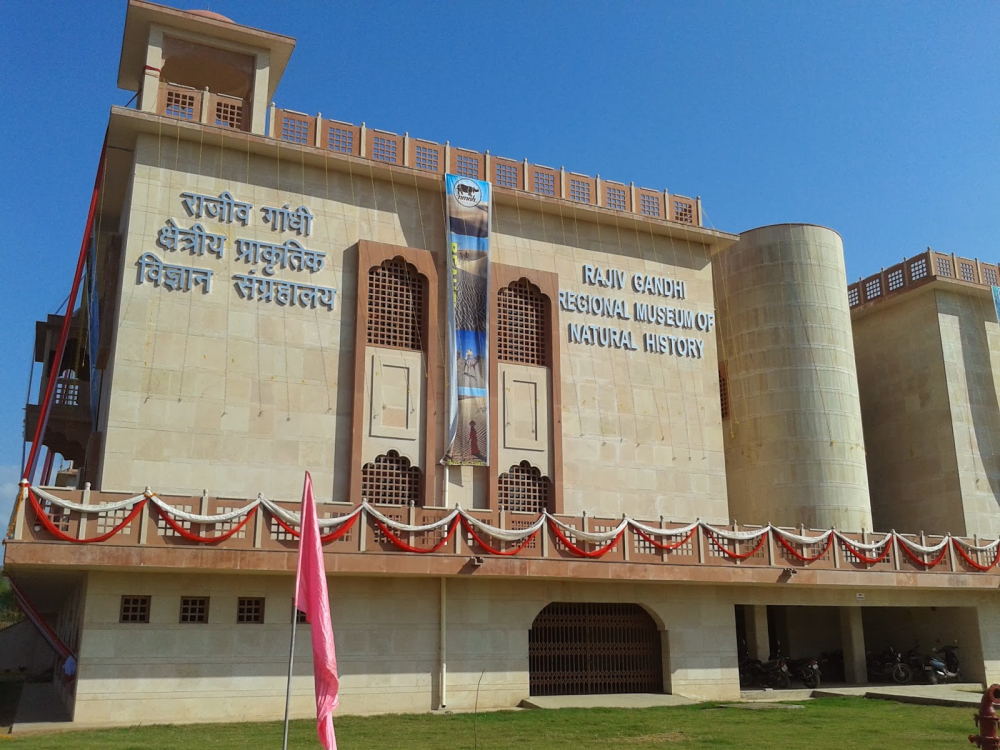
Through its exhibits and educational activities, the Rajiv Gandhi Regional Museum of Natural History aims to create public awareness of the ecology of the western dry region of India. In its effort to promote an understanding of nature and natural resources, the museum also arranges guided school tours as well as extracurricular activities and encourages visually impaired children to handle and feel the animal exhibits. The museum, therefore, functions as an informal centre to impress upon its audience the interrelationship between man, animals and the ecology and the role of human actions in disturbing the natural cycles of the biosphere.
Also see | Antiquities Theft and Illicit Antiquities Trade in India
The exhibits of the museum, situated near Ramsinghpura village, around an hour from Jaipur, include the plants, animals and geology from the western region of India. It has three floors, a library hall, and an auditorium for seminars and wildlife documentary presentations and is spread over 7.2 acres near the Ranthambore National Park.
Address: Ramsinghpura, near Ranthambore National Park, Sawai Madhopur, Rajasthan
Hours: 10 am – 6 pm (Mondays closed)
Bengal Natural History Museum, Darjeeling, West Bengal
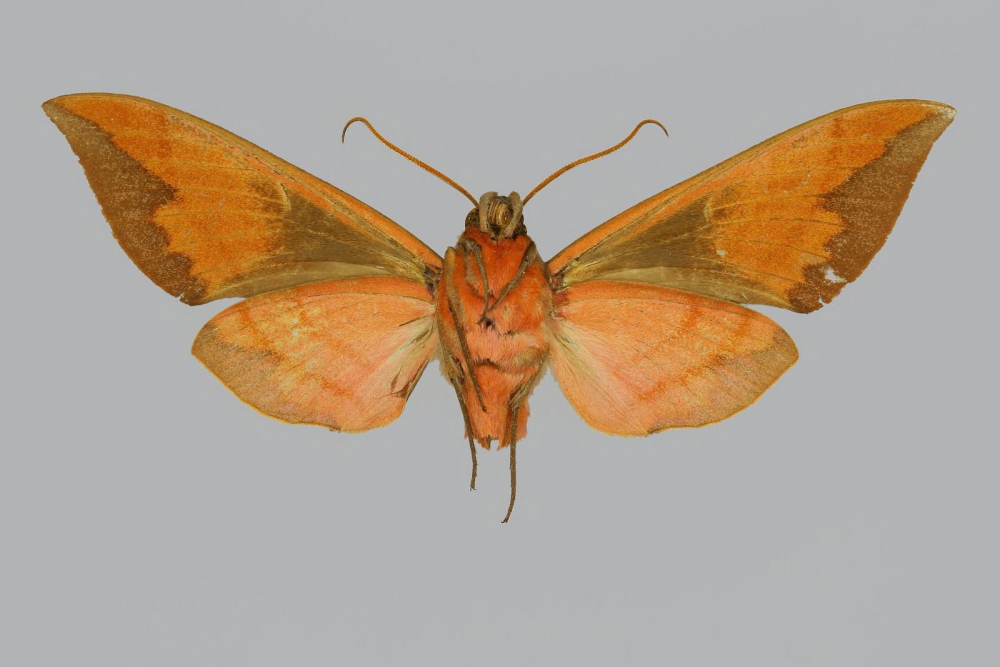
What started in 1903 as a small effort to preserve and display the birds and butterflies of the region has developed, today, into one of the largest and most well-kept collections of the specimens of the Himalayan and Bengal fauna. Truly a budding biologist’s paradise, the Bengal Natural History Museum is equipped to leave any visitor in awe with its wide range of dioramas, taxidermy, lepidopteral and entomological specimens.
The section on birds contains about 820 specimens belonging to over 400 species from the region. These include the Himalayan Brown Wood Owls, Northern spotted owlet, Northern Brown Fish Owl, pheasants, flycatchers and woodpeckers. Aside from birds, the museum also has a whopping 110 species collection of bird eggs as well! If that isn’t enough, the museum also houses a collection of bird nests, snakes, and 57 species of fish specimen.
Address: Padmaja Naidu Himalayan Zoological Park, Jawahar Parbat, Darjeeling, West Bengal
Hours: 8 am – 7:30 pm (Sundays closed)
Natural History Museum, Chandigarh
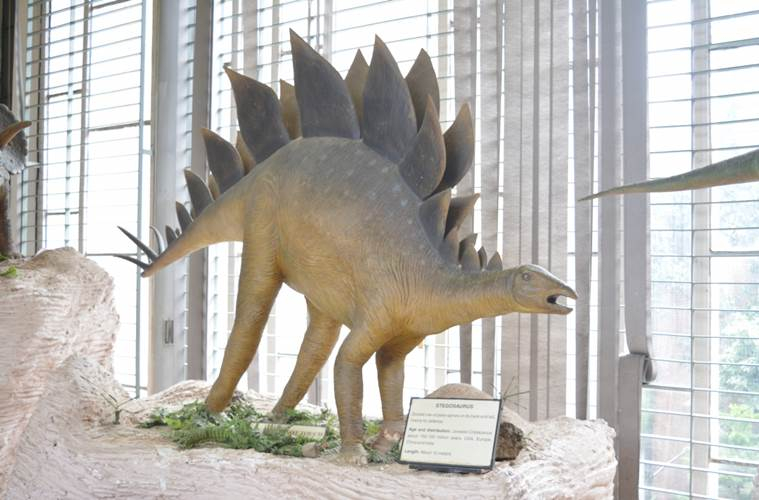
A must-visit when you are travelling with your children in tow, the Natural History Museum, Chandigarh, will capture their imagination with its model dinosaurs, hand-embroidered pictures, and a two-storeyed cyclorama depicting the evolution of life on earth. The dinosaur gallery features real fossils and models explaining the origin, evolution, and destruction of the dinosaur species in the three Mesozoic periods. Another gallery features the evolution of the modern man from his hominid cousins and ancestors. There are other galleries housing significant collections of astronomy and geology, along with the fossils found at the nearby site of Masol. The museum also has 14 geological landscape paintings, illustrating the origin of Earth and the evolution of life from unicellular organisms to multicellular plants and animals through various geological time periods.
Also read | Raja Dinkar Kelkar Museum: A Mirror to our Past
One of the key highlights of the museum is the open-air ‘Our Mother Earth Gallery’. The display aims to bring geosciences and geo-heritage closer to people in order to enhance their understanding of their own environmental contexts. The museum also organises special workshops in collaboration with schools and special tours and events on National Science Day, International Environment Day, Earth Day, etc.
Address: Sector 10C Madhya Marg, Matka Chowk, Chandigarh
Hours: 10 am – 4:30 pm (Mondays closed)
Ever-Living Museum, Shillong, Meghalaya
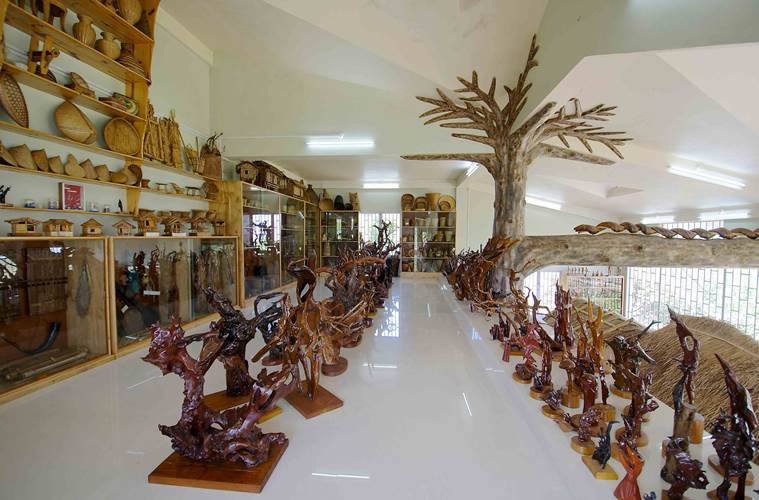
Set in a beautiful orchid garden, the Ever-Living Museum, at Mawshabuit, is an ethnographic museum that houses objects of the Khasi, Jaintia, and Garo tribes. Kyntiewbor War, who is a retired government engineer, owns and operates this living window into the history, culture, tradition and nature of Meghalaya.
The 50,000 square feet compound consists of a main museum, a stone museum and a beautiful garden of wild orchids, flowers, and fruits. The main museum houses a variety of objects reflecting the diversity of tribes inhabiting the region. These include weapons—both contemporary and ancient, musical instruments, earthen jars, miniature baskets and jewellery. The stone museum, standing close to the main museum, has a variety of stones, stone-age tools, natural magnets, and gemstones. The garden has over 100 varieties of orchids and wild flowers; 25 varieties of ferns; and trees of wild fruits.
Address: Mawshbuit-Sweet Falls Road, East Khasi Hills District, Mawshbuit, Meghalaya
Hours: 11 am – 5 pm
This article was also published on IndianExpress.com.
